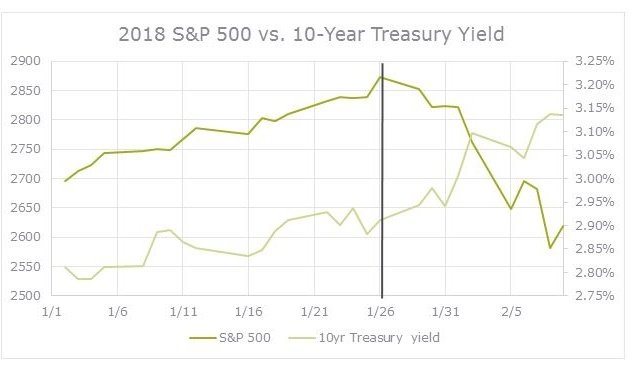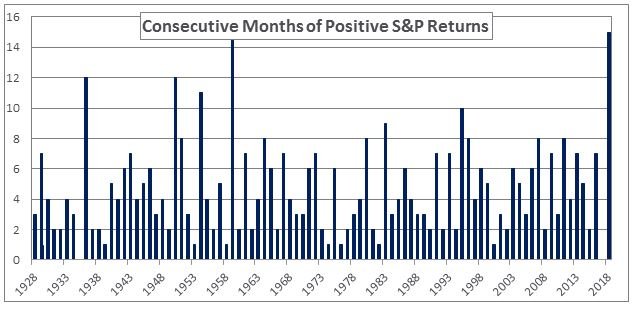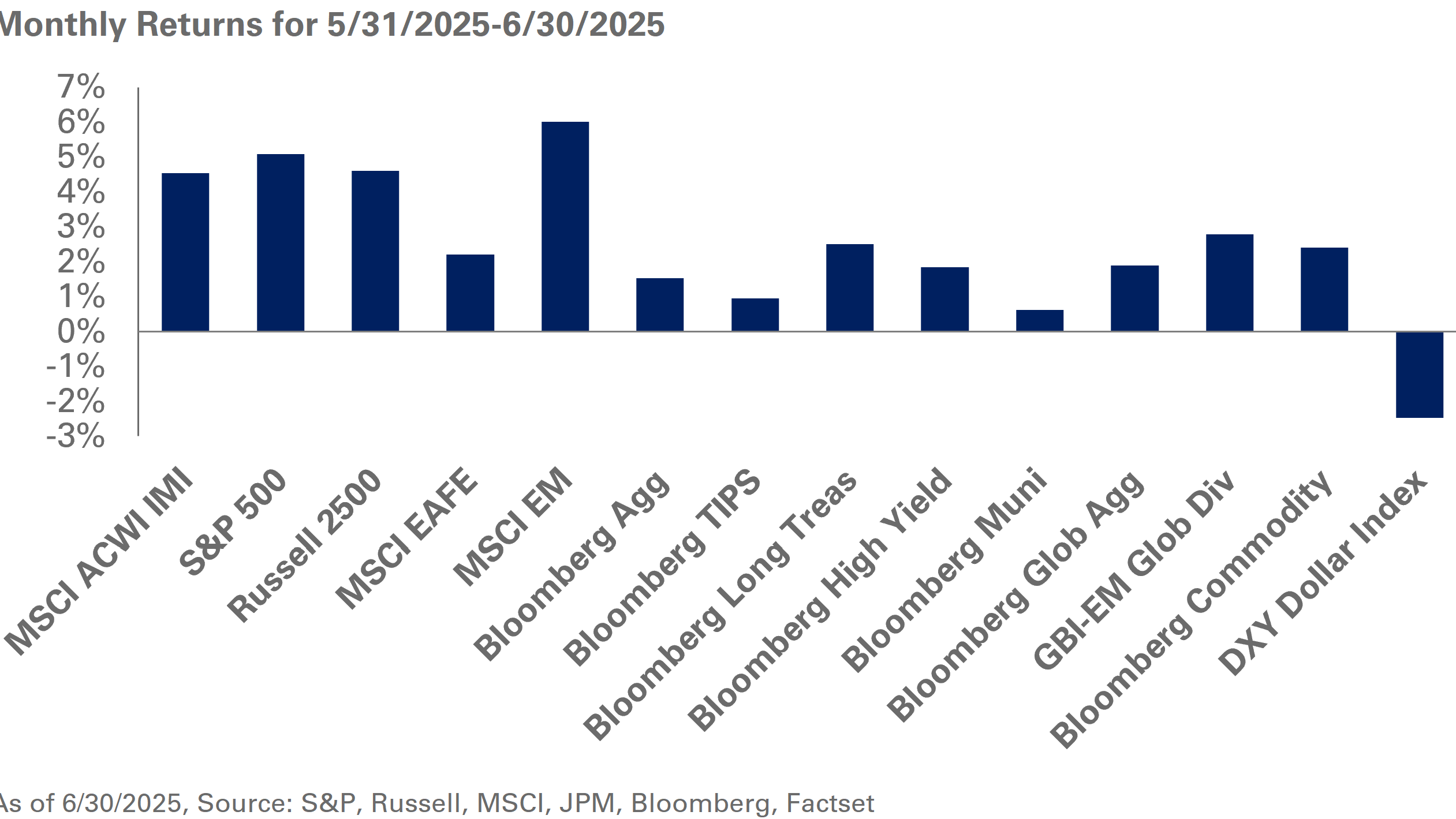Last week saw the S&P 500 Index drop more than 10%—technically qualifying as a market correction—after hitting a record high in late January. While stocks had recovered 2.8% as of this afternoon, the rout signals increasing market volatility. Now, the question on investors’ minds is will markets resume their nine-year bull run, or are the recent losses the first signs of a bear market and/or recession?
At NEPC, we view market events through the lens of our Key Themes to discern if short-term movements indicate a speedbump or an entirely different direction for asset classes. We believe the recent volatility is tied to two of our themes: the Extended US Economic Cycle and Federal Reserve Gradualism.
As the Fed tightens during the late phase of an economic recovery, markets can be spooked by good news. The recent strong jobs report led investors to expect the central bank to quicken the pace of its Fed-Fund rate increases, which, in turn, would raise overall interest rates and hurt stock markets.
Looking at the movements this year in the S&P 500 and the 10-year Treasury yield, both benchmarks trended up through the market peak (stock gains and bond losses), but have shown an inverse correlation (both stock and bond losses) since then.

Source: Yahoo Finance
We don’t expect that these conditions will continue, unless our theme is disrupted, for example, if the Fed signals a faster pace of tightening, similar to the Taper Tantrum in 2013.
Rather, we see increased volatility as a normal part of markets. In our 2018 Outlook webinar, we shared a graph showing how unusual it is to have a long string of positive equity returns without a down month. At the time, we showed markets up 14 months in a row through December, one less than the all-time winning streak. With this January also positive, the S&P 500 tied the record (and increased more than 30% over that time), but now may not break the tie.
Source: Ibbotson, Bloomberg
To be clear, equity markets are volatile – roughly one-third of monthly returns are negative. Losses and corrections are a part of recoveries and even bull markets. Since the financial crisis, US stocks have had 10% corrections in 2010, 2011 (considered by some a bear market), 2015 and 2016. The most recent correction is likely a similar short-term concern that did not change the longer-term trend.
We encourage investors to consider rebalancing in times of volatility. NEPC’s recommendations for 2018 include trimming US equity gains. If that action was already completed, it may be opportune to rebalance back. In any case, it makes sense to review portfolio objectives through evolving opportunities and market changes.




